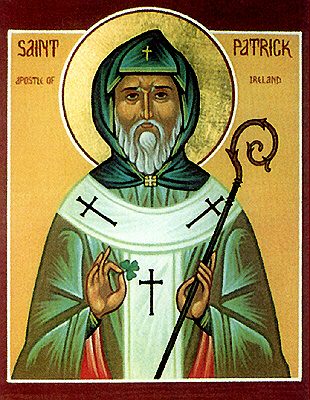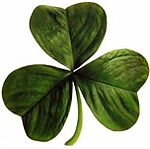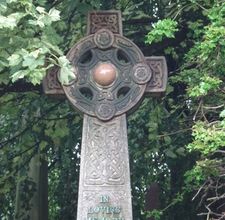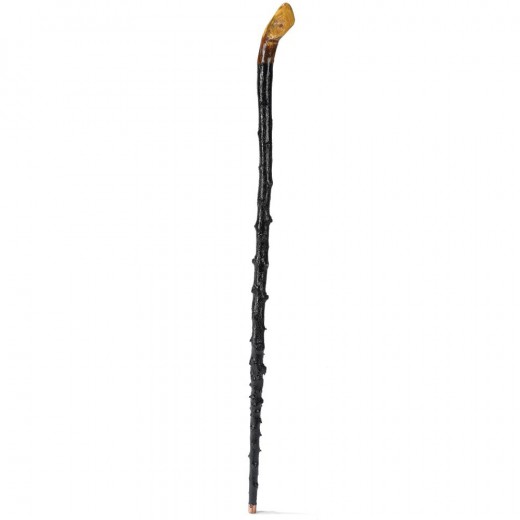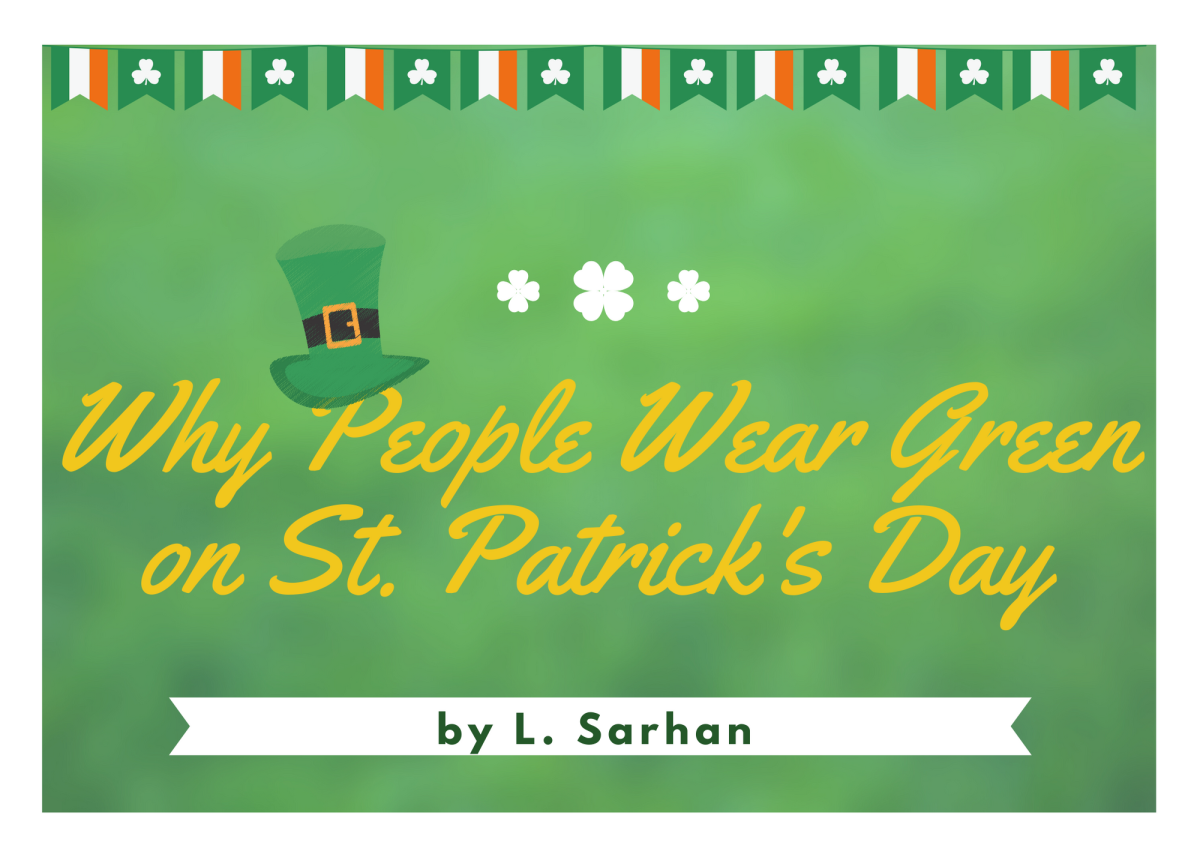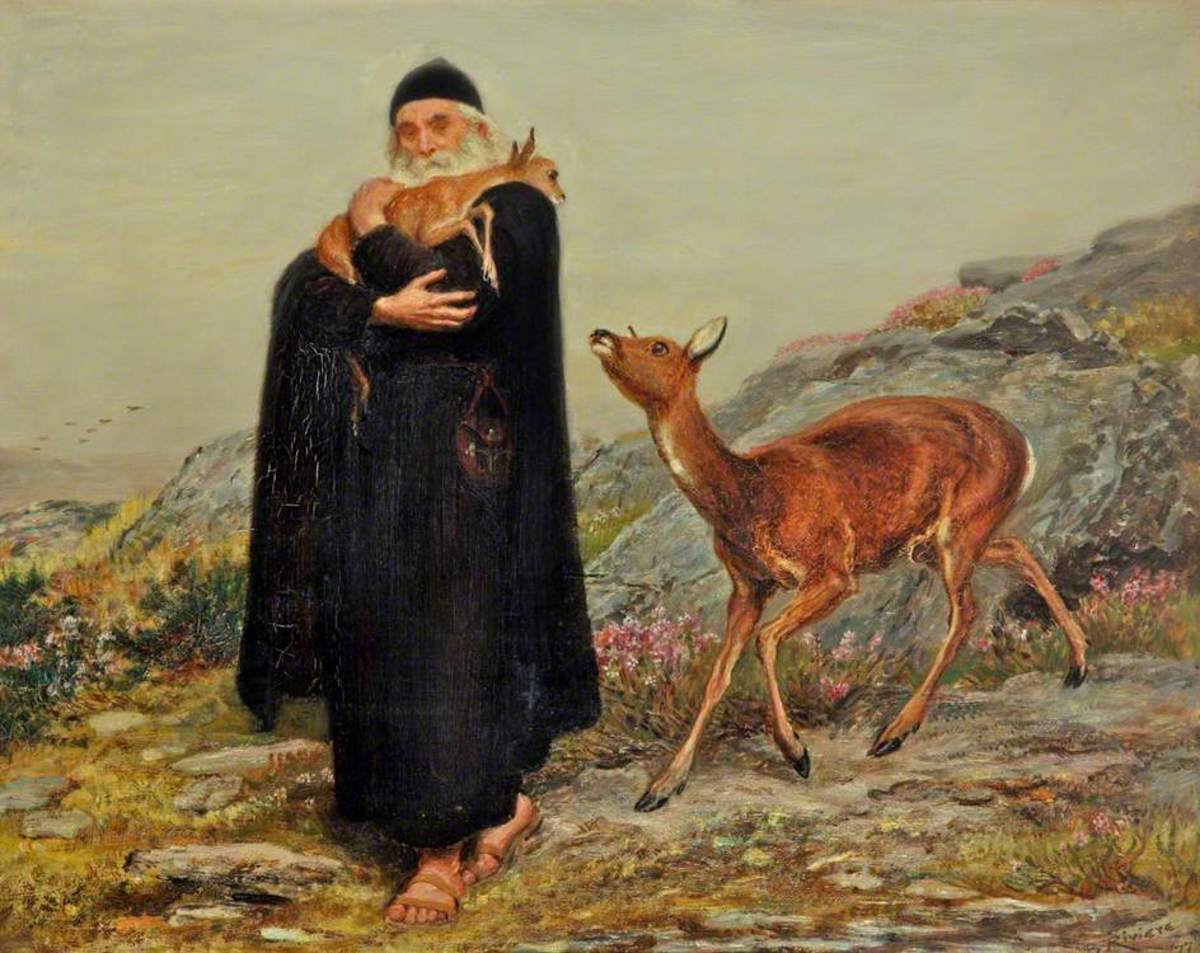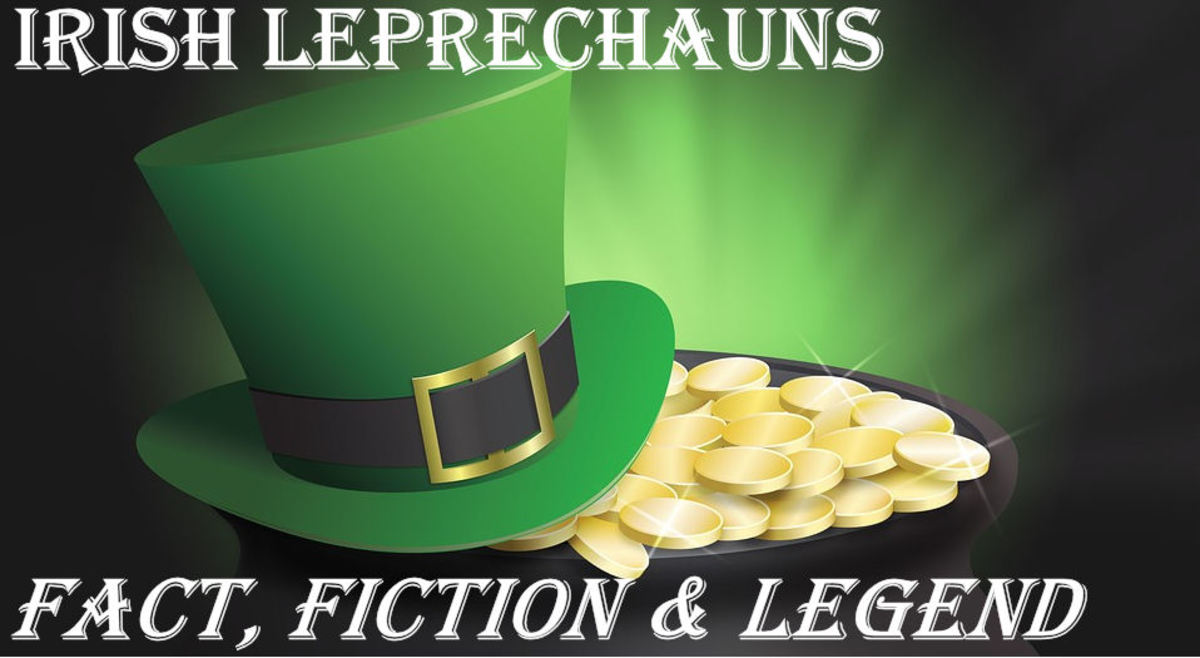Origins of St. Patrick's Day and Who Celebrates It





Who is St. Patrick?
In order to begin you have to know who the man was. There is a surviving letter called the Declaration in which he summarizes his life and his life's mission. From this and other references the following was extrapolated:
St. Patrick was born in Britain to wealthy parents near the end of the fourth century. The exact span of his life is still debatable, however, the date of his death is unanimously agreed upon and celebrated on March 17th each year. He was born to Calpornius, a deacon of the Christian church. His grandfather, Potitus, was a Catholic priest. When St. Patrick was about sixteen years old he was captured and taken to Ireland as a slave. He worked as a herdsman for six years.
During this time he was very isolated and turned more and more to his faith to uplift him. He indicated that a voice, he believes God, spoke to him in dreams and visions. First telling him that his time in Ireland would soon be at an end, and then that a ship awaited him. He escaped his master and walked 200 miles to a port on the coast of Ireland. After some adventures he returned home in his early twenty's.
He reported that he had another vision in which he need to return to Ireland and "walk among the peoples" (do missionary work converting pagans). So he started his training which took more than fifteen years to complete. Once he was ordained, he was sent back to Ireland to minister to the Christians already in Ireland and start converting pagan Irish to Christianity. This concept was unusual for the time since there was only one bishop of the time advocating conversion, St. Victricius.

The Legends of St. Patrick
St.Patrick went to Ireland after he was ordained. This would make him around forty years old. Some say that since St. Patrick was familiar with the language and customs of the Irish people, he incorporated parts of their culture with traditional Catholic ritual.
The Irish used bonfires to honor their gods, so he used this practice to celebrate Easter. Some historians say that the sun was a very powerful symbol to the Irish, so he combined their symbol with the Christian cross to create what is now called the Celtic Cross. Others say the Irish revered the goddess of the moon so that is why the circle is incorporated with the cross. In either case, this made veneration of the cross more natural to the general populace. I personally believe the goddess concept as it is still a very popular concept today.
Another popular tale is that the people had a very hard time understanding the concept of the Holy Trinity, so St. Patrick plucked a clover (shamrock) from the ground to show how three could be one and thus made them understand. The number three was a very sacred concept to the pagan Irish. It represents life, death and rebirth equaling eternal life. They also had triple goddesses such as their moon goddess is depicted as maiden, mother and crone or the Welsh idea of a three sisters goddess.
Irish culture has always been rich with oral legend. The written word was not a wide practice until after this time. Since the Irish have always been fond of embellishing stories, the tales of St. Patrick spun from fact to legend rapidly and became more exaggerated over the centuries to follow.
From this came the tale of St. Patrick banishing all the snakes from Ireland. Since there is no fossil record to indicate that snakes ever resided in Ireland some paleo-historians seek to disprove this theory entirely, however, if you have faith in god you can also have faith in the depiction of St. Patrick being assailed by demons in spirit form during a forty day fast and his subsequent banishment of them by driving them into the sea. This same theme comes from Exodus in which Moses and Aaron grapple with Pharaoh's sorcerers. Both sides had staffs that morphed into snakes with those of Moses and Aaron prevailing over those of the sorcerers. Therefore through oral tales it can be assumed that something occurred, we just don't know the extent of the original act.
St. Patrick and his walking stick. It is said that St. Patrick brought to Ireland with him when he returned an ash wood walking stick. During his travels he would thrust his stick into the ground wherever he was evangelizing. Legend has it that there is a place known as Aspatria (ash of Patrick) where the citizens took so long to understand his message of the dogma that the stick took root by the time he was ready to move on.

Where do they celebrate St. Patrick's Day?
There are many places throughout the world where St. Patrick's Day is celebrated. It is classified as both a cultural and a religious holiday.
For religious reasons, St. Patrick being one of the patron saints of Ireland, it is observed as a feast day by the Catholic, Eastern Orthodox and Lutheran Churches as well as the Anglican Communion (most predominantly the Church of Ireland). All of these churches are episcopal (overseen by bishops) although the Anglican Communion does not recognize papal authority (does not see the pope as head of church) it is comprised of smaller communities with Catholic and Protestant roots and is generally labeled as Protestant. Because of its importance to the churches, this feast day is recognized in a majority of countries throughout the world.
Additionally, St. Patrick's Day is a public holiday in both the Republic of Ireland and Northern Ireland as well as Newfoundland and Labrador which together comprise the easternmost province of Canada. It is also a public holiday in Montserrat which is a British Territory in the West Indies. In all of these locations there is a large population of Irish and their descendants.
Today, St. Patrick's Day is considered the most widely celebrated of all the saints days. The secular day (non religious) is always celebrated on March 17th worldwide, however, saint's feast days can not fall within Holy Week for the Catholic church so it is occasionally observed on another day in the Liturgical (church) calendar. Luckily this will not happen again till 2160 so I doubt I will be around to see it myself.
- St. Patrick's Day has been widely celebrated as a feast day in Europe and The British Isles since before the 1600's.
- In 1903 it became an official public holiday in Ireland and their first St. Patrick's Day parade occurred in 1931.
- Their first St. Patrick's Day festival was held in 1996 and by 2006 it was a five day festival which reached one million attendees in 2009.
- In Argentina the all night parties are secular in nature with people frequently wearing green while drinking beer and dancing throughout the night till 7am or 8am.
- In Canada St. Patrick's Day parades have been celebrated since 1824 the longest of which is held each year in Montreal. St. Patrick's Day is not a national holiday in Canada, but in Labrador and Newfoundland it is a Provincial holiday.
- In the UK, Birmingham holds the third largest St. Patrick's Day parade (three miles long) in the world only exceeded in size by Dublin, Ireland and New York, NY. Other large parades and festivals are held in London, Liverpool, & Manchester, England as well as Coatbridge and Glasgow, Scotland.
- In Japan there are now nine locations that hold St. Patrick's Day celebrations.
- In Montserrat it is a national holiday due to the large Irish diaspora population. It also shares the commemoration of a failed slave uprising on March 17, 1768.
- In New Zealand and Australia owing to the large population of Irish emigrants and convicts brought over during the 19th century the celebrations start in the early afternoon and last into late night hours.
- In South Korea a large parade and festival has been celebrated since 2001 and is now held in Cheonggyecheon which is a large recreation area in the city of Seoul.
- In the USA, New York city celebrated its first St. Patrick's Day parade in 1762 with many other cities following suit over the years since. Follow the link in this paragraph to see a comprehensive list of places in the USA where St. Patrick's Day parades and festivals are observed.
- Active Search Results Search Engine
Active Search Results (ASR) is an independent Internet Search Engine using a proprietary search engine ranking technology. All search results are provided by ASR's internal indexes and databases without relying on outside resources or third party sea

